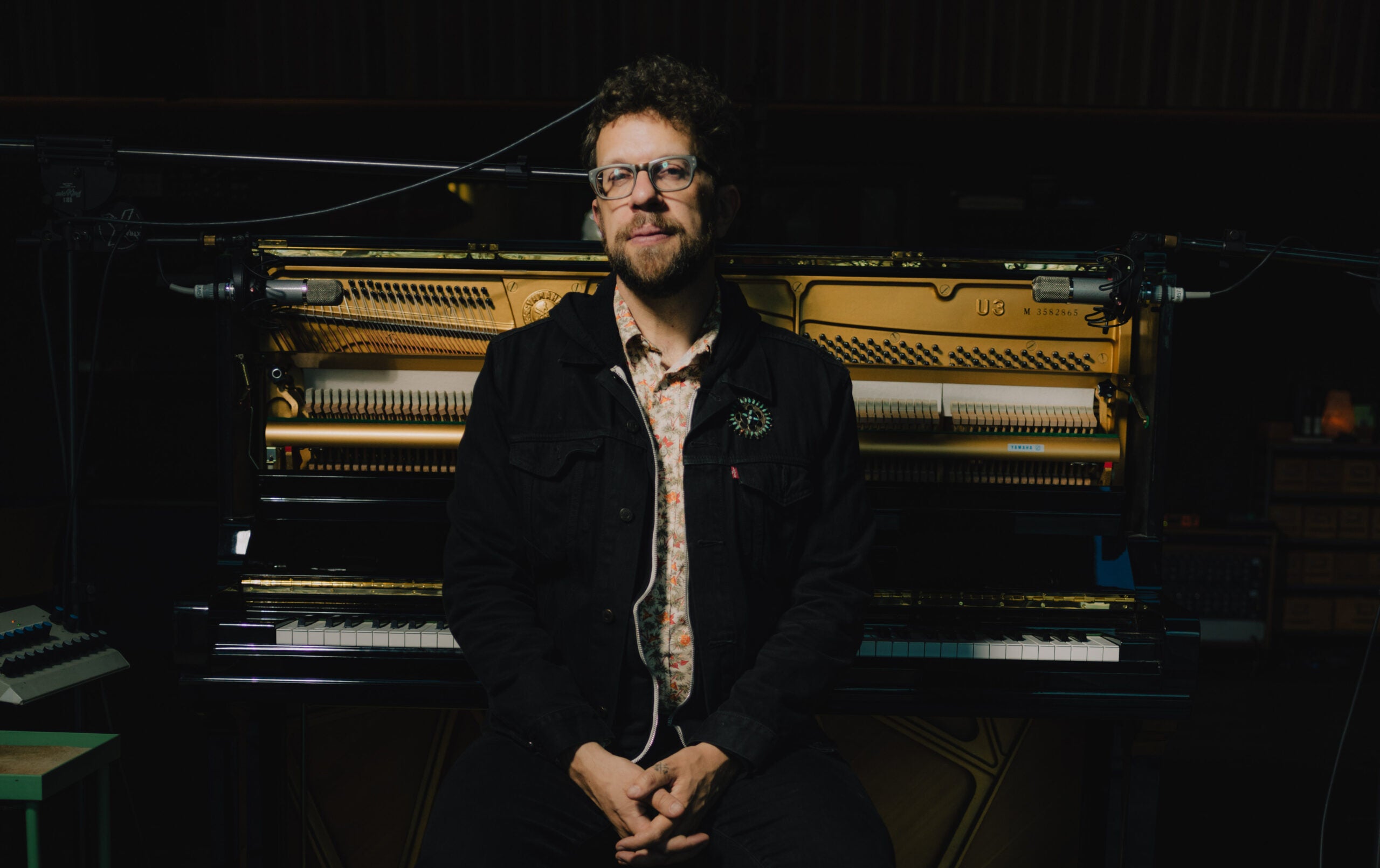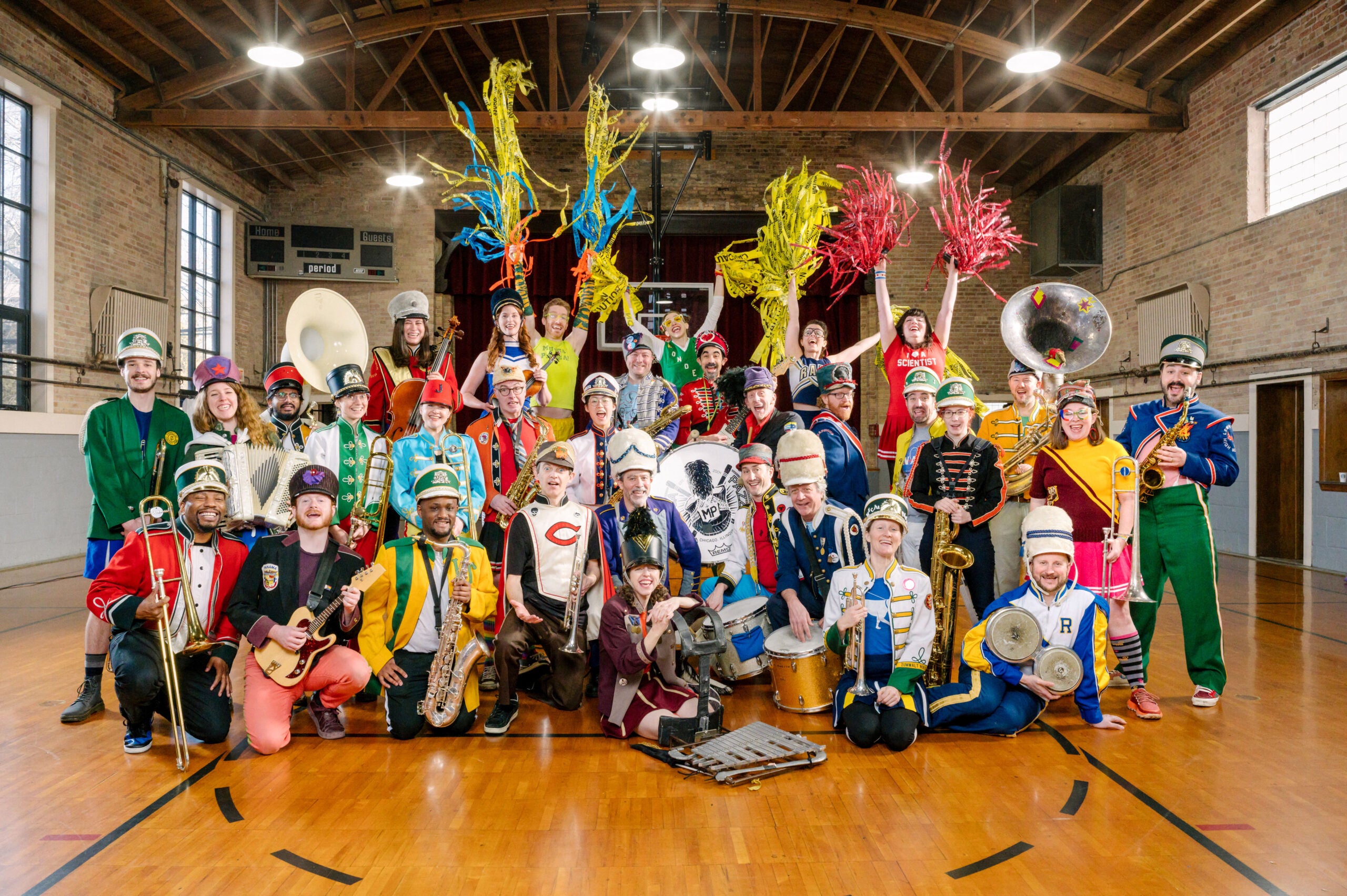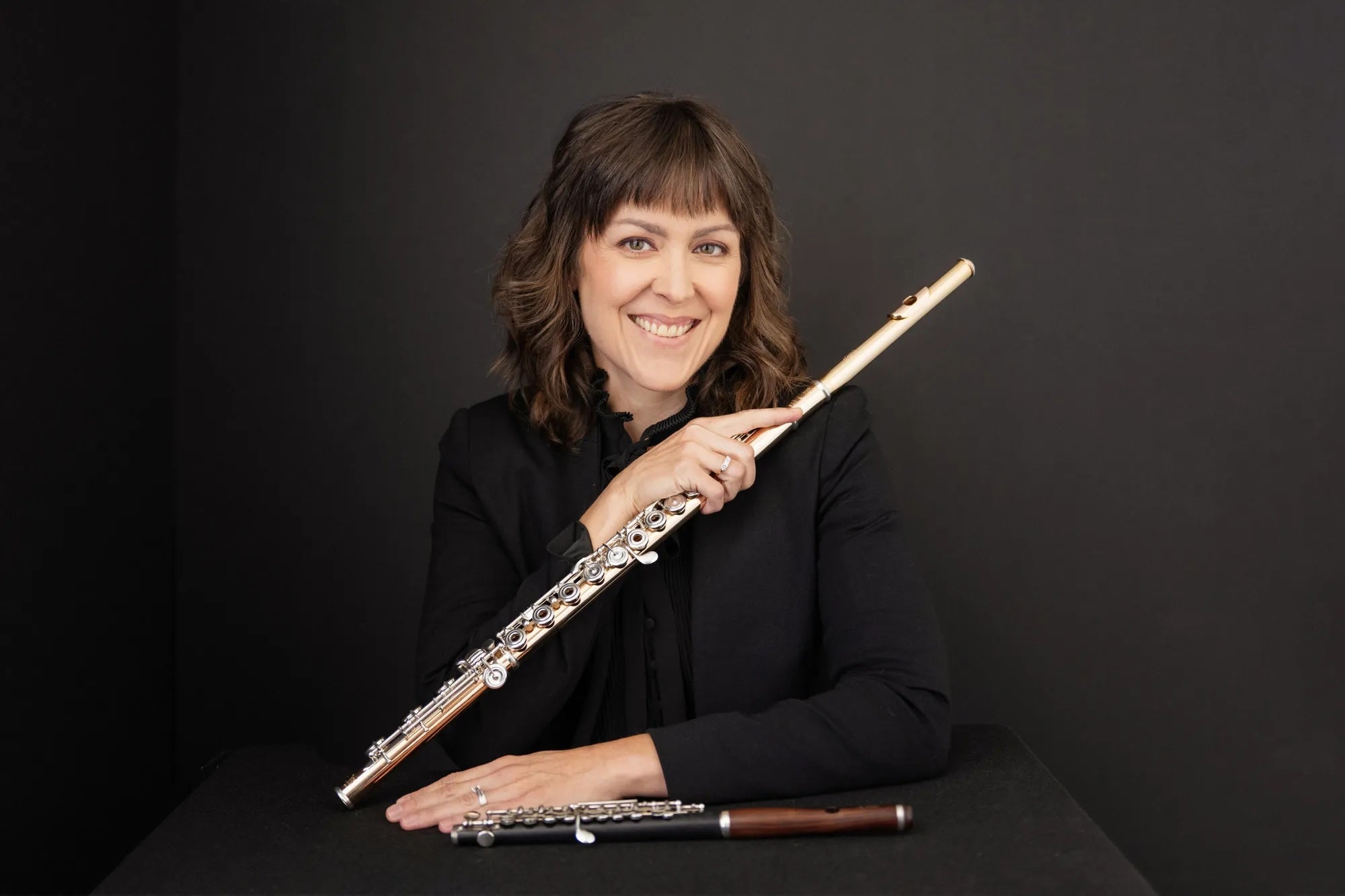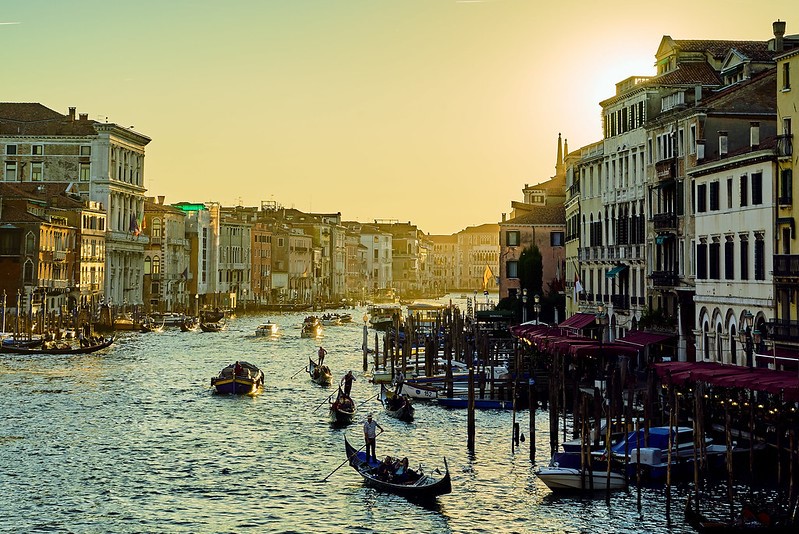I recently interviewed UW-Eau Claire cello professor and viola da gambist Tulio Rondon about the strengths and weaknesses of the instrument.
What’s it like making the transition from cello to viola da gamba?
It is difficult, but with time you become use to of the challenges of this great instrument. More strings (I play a French bass viol which has 7 strings), frets, and the under-hold bow position. Transitioning during the same concert, which I do a lot, is the most challenging, it is a workout for the brain.What sort of rooms was the viola da gamba designed for?
Stay informed on the latest news
Sign up for WPR’s email newsletter.
Can it project in a full-sized concert hall the way a cello can?
It can’t project as a modern cello, just by the difference on strings (Guts strings vs metal/alloy strings) would not even be a fair comparison, but also would struggle against a baroque cello (with gut strings), the viola lost the sound battle with the cello at the end of the Baroque period when the orchestra gained more popularity, the softer sounding viola da gamba was used less and less in favor of the stronger sounding cello. France was the exception, the viola da gamba was a favorite among French composers and Louis XIV. Composers included this instrument in a great variety of ensembles including the orchestra and developed the viola da gamba solo capabilities to the fullest. During the Renaissance and the Baroque period, string instruments where commonly used in small rooms and churches, the same goes for the viola da gamba.
Was the viola da gamba used as a solo instrument in a concerto context?
Yes, during the Baroque period in which the concert as a genre became very popular, many concertos were written for the viola da gamba. For example, G. P. Telemann was a great fan of this instrument, and wrote many great pieces including sonatas and concertos.
When did it fall out of use and when did its renaissance occur?
As I mentioned after the cello won the sonority war by the end of the baroque period, it did fell into a bit of obscurity, appearing among early music enthusiast in every period after the Baroque, and it gets a great resurgence or renaissance during the 60’s and 70’s with the “Informed Performance Practice” movement that ended up where we are today. For example, for some audience ears nowadays, playing viola da gamba music with other instruments and not a proper viol is looked as rather estrange or “Old Fashion”.
Are there any mysteries remaining as to performance practice for the viola da gamba?
In my view, all performance practice is shrouded in mystery since we are only informed by manuscripts and treatises. Although there are many clear points and ideas we draw from these essential documents, performance practice is very much open to individual interpretation, and that includes some aspects of the viola da gamba.
Is there contemporary music for the instrument?
Yes, many composers, due to the “Informed Performance Practice” movement have written for the viola da gamba, solo and chamber music. I recorded a CD a few years ago called “New Music for Old Instruments”, music by composer Nissim Schaul and recorded with the ensemble Flying Forms. The CD includes a few pieces for baroque violin, viola da gamba, and harpsichord.
What sort of instrument are you playing on the new CD, the Bach sonatas for viola da gamba and harpsichord?
I am playing a viola da gamba that was made for me in 2014 by German maker Tilman Muthesius. It is a 7-string viola da gamba copy of Joachim Tielke (1641-1719).
Do you have more than one viola da gamba?
No, just this bass viola da gamba, mainly because all solo repertoire during the baroque period, sonatas, concertos etc were written for this instrument. When I arrived at the University of Wisconsin – Eau Claire 11 years ago, I ask the school to purchase 4 viola da gambas (1 treble, 1 tenor, 2 basses) which allows our UWEC students to play consort music as well as solo repertoire. Sometimes I play our school treble viol.
Would you feel fulfilled as a gambist or do you need the cello to fill out your musical persona?
I need my cello for sure, and because of this I do have a difficult relationship with my viola da gamba. This instrument, as all instruments do, requires a great deal of attention and practice, which I have to balance between my “modern cello”, baroque cello, violoncello piccolo, and the viola da gamba, more than a hand full I would say. But there are many things you cannot accomplish with any other instrument but the viola da gamba, it has a very special sound and a very special resonance that is impossible to replicate accurately with other instruments. I feel lucky I crossed paths with the viola da gamba, it is fantastic.
How would a cello and a viola da gamba sound in the same ensemble?
The viola da gamba is softer sounding, but in many ways more resonant. I can tell you though, the combination of a baroque cello and a viola da gamba in the same ensemble is la creme de la creme, and I am not bias…. Maybe a bit.
Se and hear Tulio Rondon performing at his website https://www.trcello.com/copy-of-media
Norman Gilliland
Wisconsin Public Radio, © Copyright 2025, Board of Regents of the University of Wisconsin System and Wisconsin Educational Communications Board.




